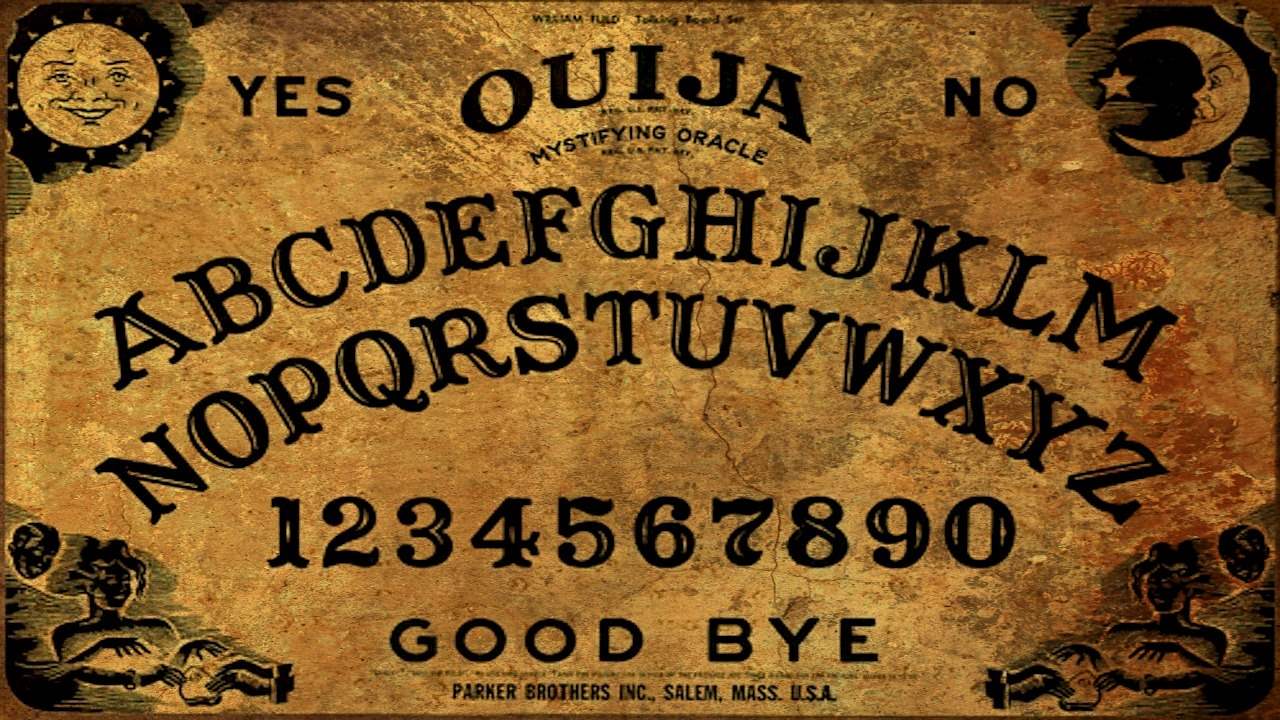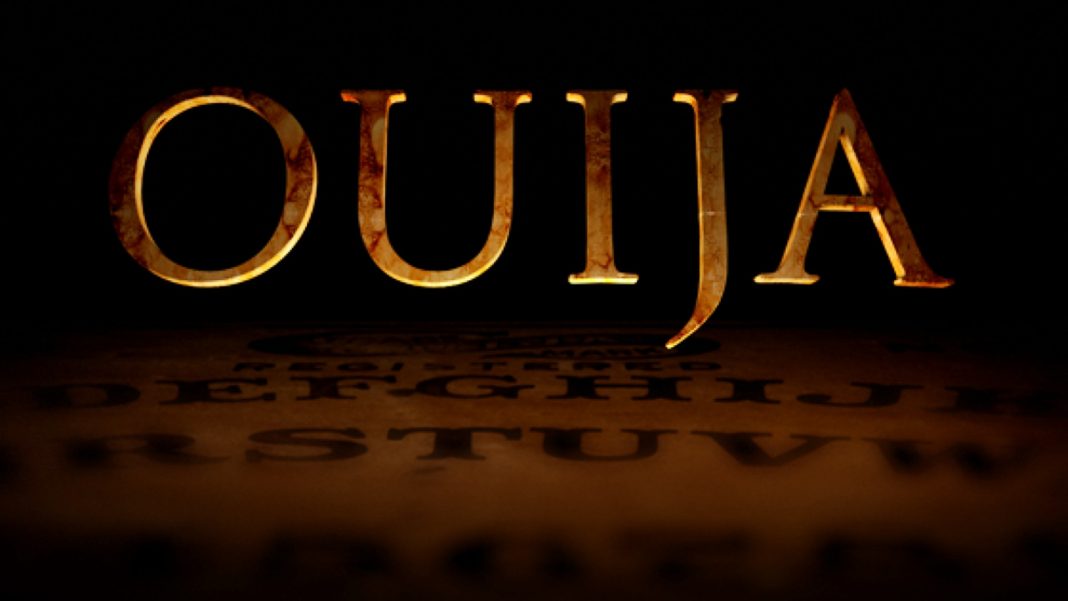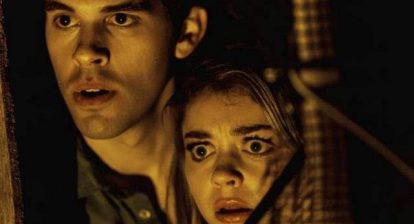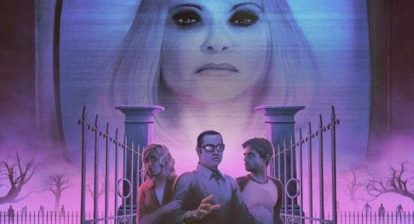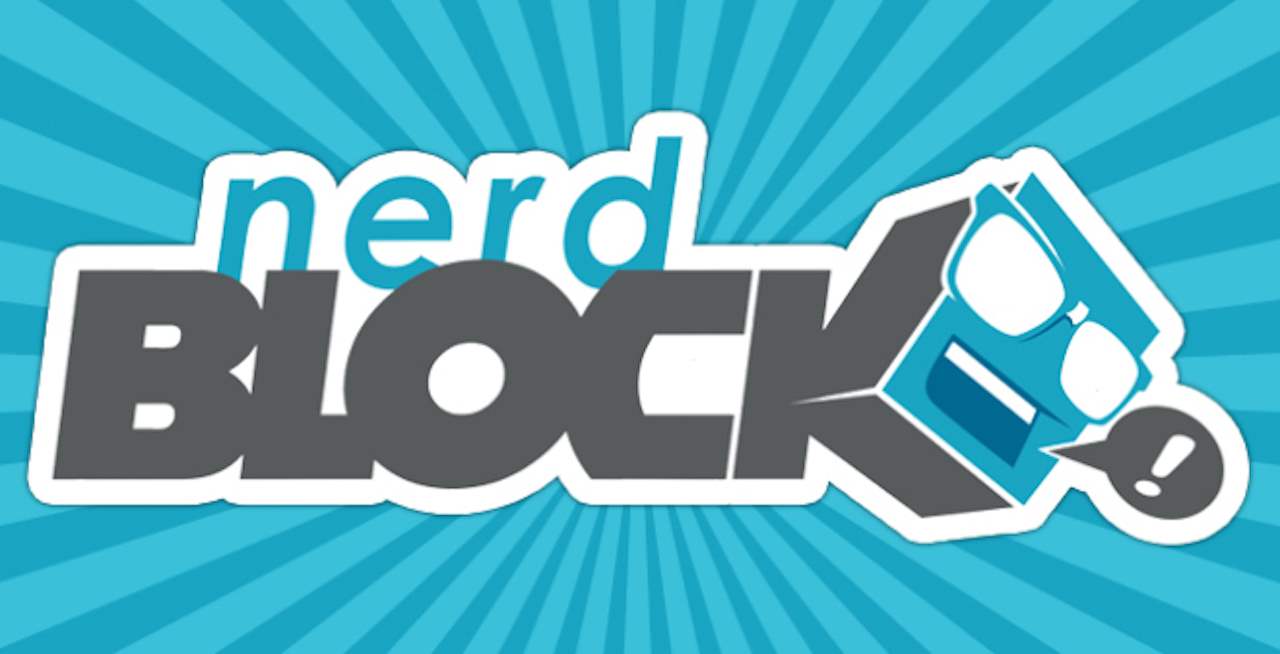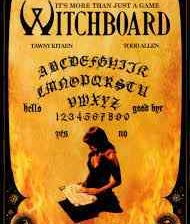Death is one of life’s great mysteries, one that humanity has always sought to make sense of, since those that have departed cannot exactly come back and impart their knowledge of the afterlife. There are numerous suggested explanations of what happens after death, from Christian ideals of Heaven and Hell, to Buddhist Reincarnation, and, to the more cynical among us, the belief that once dead, there is nothing else. Because of the complexity of death, there has always been a fascination with it. This, coupled with a drive to communicate with the dead, has led to the creation of séances, ghost investigation tools, and The Ouija Board. The Ouija board is an outwardly innocent wooden board with painted numbers and letters, that has acquired a terrible reputation over the years. Featuring in numerous horror movies over the decades, the paranormal board game is often blamed for releasing demons that have plagued families and ruined lives.
However, the Ouija board has a much longer, and more storied, history than that which has been depicted on film, with roots dating back to ancient China. It was first patented in 1890, its rising popularity coming from the spiritualism movement of the 1840s.
The first mentions of automatic writing (a supposed psychic ability allowing a person to ‘automatically’ write words that are fed to them by the dead) dates back to the Song Dynasty in China, circa 1100 AD.
Automatic writing was taken so seriously during this time period that it was actually taught in the spiritualist Quanzhen School for 500-years, until it was banned by the next dynasty during their rise to power. Automatic writing is still practiced today and is taken very seriously by some psychic communities. It is the spiritual ancestor of the Ouija Board.
Did You Know? Wicked Horror TV Has Classic and Independent Horror Films Available to Stream for Free!

Also See: Found Footage Films: A Brief and Twisted History
A séance is a ceremony where non-believers and believers alike gather around a table and the combined energy of the people at the table is seen as enough to invoke the spirits to send messages. After the Baron’s claims, séances gained more attention, and grew substantially in popularity due to the foundation of the Spiritualist movement in the 1840s.
The Spiritualist movement, or more accurately, the Spiritualist religion, believed that the spirit world was not a stagnant place, but one where the dead continued to evolve after death. They constantly contacted the dead, because they believed that spirits were a more advanced form of human beings that could provide wisdom and insight on ethical and religious knowledge about God.
Followers flocked to this new religion from Europe and the United States, and members came from the wealthier populations of these countries. But, despite constant séances and various other methods used to contact the dead, Spiritualists desired a better way to communicate and hence talking boards were created.
Various boards had been created for this purpose, but Elijah Bond sought to patent his own version for household and entertainment use, since skeptics who didn’t believe in the paranormal still enjoyed the mysticism that surrounded talking boards.
Bond then passed on the project to William Fuld, who attempted to rewrite the history of the Ouija board, claiming that it was Fuld himself that created talking boards.. The name Ouija reportedly came from an ancient Egyptian word that, loosely translated, means good luck.
 And, from the 1920s-1960s, various talking boards enjoyed high profits due to this name recognition. After Fuld’s death, the Ouija board’s patent traded hands twice until it eventually was bought by the Hasbro Toy Company, who still sells them in stores alongside popular board games such as Monopoly and Scrabble.
And, from the 1920s-1960s, various talking boards enjoyed high profits due to this name recognition. After Fuld’s death, the Ouija board’s patent traded hands twice until it eventually was bought by the Hasbro Toy Company, who still sells them in stores alongside popular board games such as Monopoly and Scrabble.
However, many still hold strong beliefs that the Ouija board is an actual, very real way to communicate with the dead and that it beholds a sinister power. In 1853, the explanation behind the messages from the dead was explained away as the result of ideomotor response, which was used at the time to explain a spiritualist method of table turning (a type of séance where people place their hands on a table and wait for movement) that provide messages.
The idea behind IMR was that the belief and expectation of the group was so strong that they themselves would involuntarily move the table without being aware of their actions. They would be so engrossed in the séance and the possibility of hearing from passed loved ones they would sabotage themselves with these involuntary movements. So, when Ouija and other talking boards were created, IMR resurfaced to explain the phenomenon.
Death and the afterlife are still questions that most of us will seek answers to, during our time on this Earth. Many of those most traumatized by loss have created various methods to find solace.
Ouija boards were first and foremost an investigative tool created in the midst of the spiritualist movement, but are still widely used by grieving family members or daring teens thinking they are placing themselves in imminent danger.
Unfortunately, Ouija boards are only demon-summoning boards that cause tragedies and horrifying events in the movies, but IMR showed the power of belief. So, if someone using a Ouija board believes hard enough that they will be possessed by demons, they just might be possessed, by virtue of the power of their own mind.
